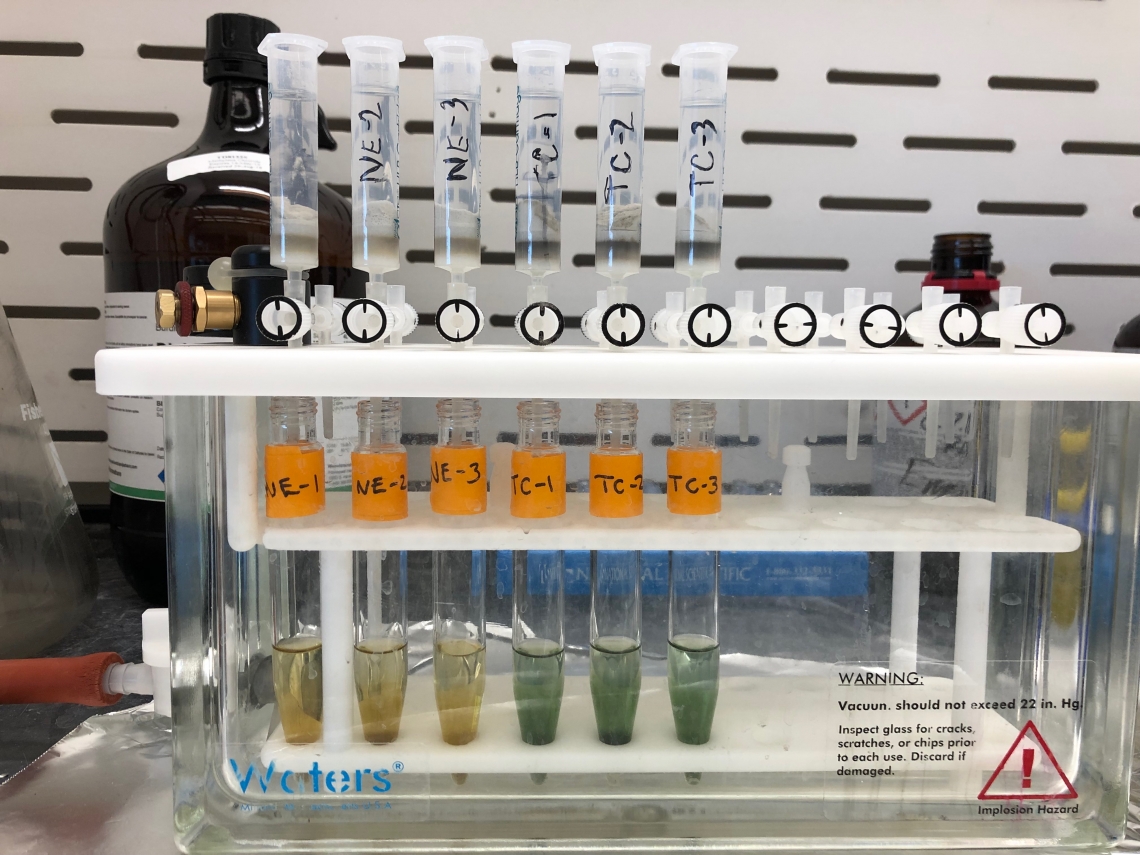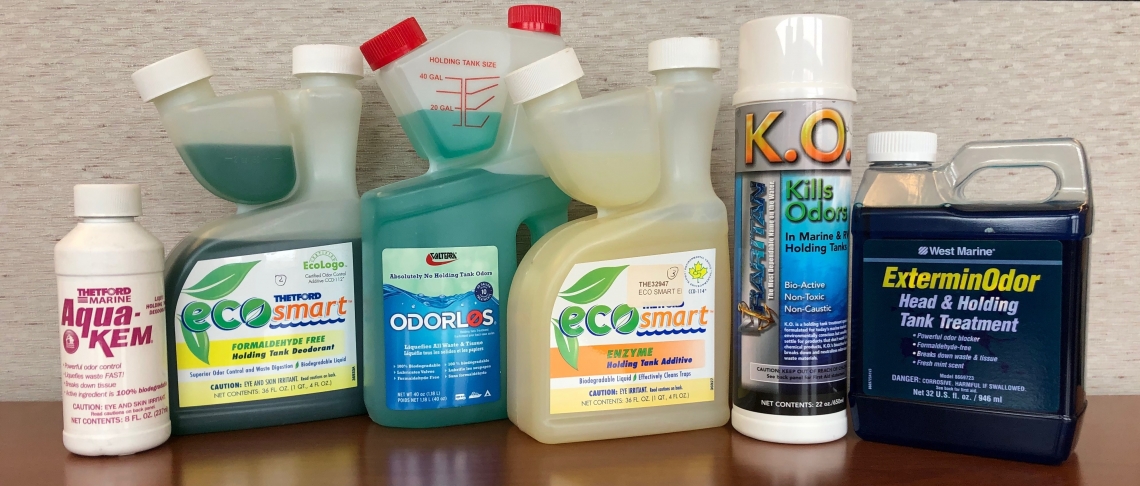Main Content

Principal investigator
Dr. C. Andrew James
Project team
Hayley Mathews - project manager
Funding provided by
Washington State Parks Clean Vessel Program through a Coastal Clean Vessel grant from the U.S. Fish and Wildlife Service (F15AP00488)
Project overview
In 2018, the Washington State Department of Ecology successfully completed a five-year public process to expand an existing Vessel Sewage No-Discharge Zone (NDZ) in the Puget Sound and adjoining waters.1 Recreational vessels are now prohibited from discharging both treated and untreated sewage anywhere in the Puget Sound, with certain commercial vessels having an additional five years to comply with the rule.
Vessel sewage, or boat waste, refers to the contents of a boat’s black water holding tank. This is the part of the boat’s onboard septic system, also referred to as a marine sanitation device (MSD), where wastewater is collected and held. Boaters use holding tank additives to control odors and break down solid waste, making the systems easier to clean and maintain. These additives come in many varieties, typically containing a mix of chemicals such as deodorants, dyes, and surfactants. Alternative products are available that use different methods to control odors and maintain holding tanks, such as bacteria, enzyme and nitrate-based products.
The intent of establishing an NDZ is to reduce bacteria and pathogen loading to a water body, lower the potential for human exposure through recreational contact, and reduce impact shellfish. Evaluating the effectiveness of NDZs is challenging; measuring the compliance rates is difficult and there are not specific markers that can differentiate bacteria or pathogens from boat sources from other anthropogenic sources. One approach would be to measure the boat waste impacts in surface waters before and after the establishment of the NDZ. However, there is often not enough data from prior to establishment. Also, there is not currently a reliable way to identify and measure boat waste in environmental water samples.

The objectives of this project were to develop a scientifically defensible means of evaluating the extent and distribution of boat-related wastewater discharges through the identification and characterization of a set of specific tracer compounds. This set of tracer compounds is what we call a “signature”. The compounds that make up our boat waste signature are compounds that are unique to boat waste when compared to other possible sources that could be contributing similar chemicals to surface waters, such as wastewater treatment plants (WWTPs), leaking septic systems and stormwater runoff.
To create this signature, we analyzed boat waste, holding tank additives, WWTP effluent, and synthetic household septic system waste. This non-targeted analysis resulted in a list of all compounds detected in the samples. We compared the compounds that were present in the boat waste and holding tank additives to the compounds present in WWTP effluent to determine which compounds were unique to the boat waste.
Related links:
Pumpout Washington provides resources for recreational boaters and marinas
